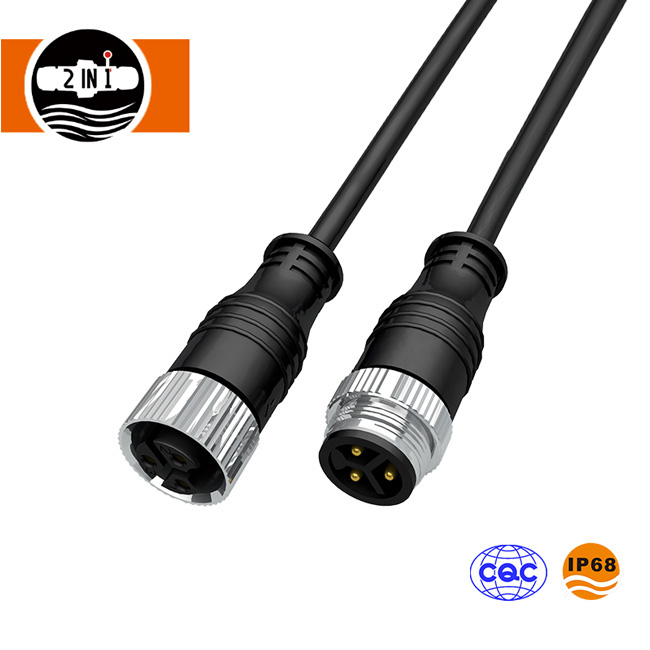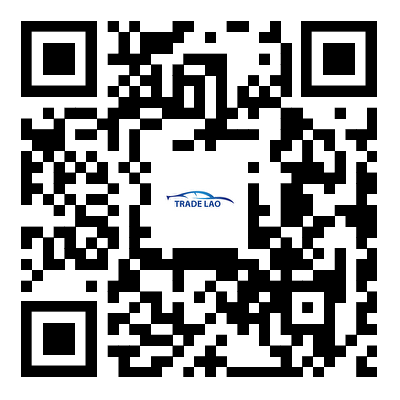Here are some key features and considerations of watertight wire connectors
2024-03-28
Watertight wire connectors, also known as waterproof wire connectors or waterproof wire nuts, are specialized electrical connectors designed to create a secure and waterproof connection between electrical wires or cables. These connectors are commonly used in outdoor, marine, underground, and other environments where exposure to moisture, water, or harsh weather conditions is a concern. Here are some key features and considerations of watertight wire connectors:
1. Sealing Mechanism: Watertight wire connectors feature a sealing mechanism that creates a waterproof seal around the connection point, preventing water, moisture, and other contaminants from entering and causing damage. This sealing mechanism typically consists of rubber gaskets, O-rings, or silicone-filled chambers that provide a barrier against water ingress.
2. Materials: Watertight wire connectors are constructed from durable and weather-resistant materials such as silicone, rubber, or thermoplastic elastomers. These materials are chosen for their ability to withstand exposure to water, UV radiation, temperature fluctuations, and other environmental factors without degradation.
3. Design: Watertight wire connectors come in various designs and configurations to accommodate different wire sizes, conductor types, and application requirements. Common designs include twist-on wire connectors, crimp connectors, and compression connectors. Some connectors may also feature insulation displacement technology (IDC) for quick and reliable wire termination.
4. IP Rating: Similar to other waterproof electrical components, watertight wire connectors are often rated using the Ingress Protection (IP) rating system to indicate their degree of protection against dust and water intrusion. A higher IP rating signifies greater resistance to water ingress. For example, an IP68 rating means the connector is dust-tight and can withstand continuous immersion in water beyond 1 meter deep.
5. Installation: Watertight wire connectors are designed for easy installation and assembly, often featuring screw terminals, push-in terminals, or crimp connections for attaching wires. Some connectors may also include integral strain relief features to prevent cable damage and ensure a secure connection.
6. Application-Specific Features: Depending on the intended application, watertight wire connectors may include additional features to enhance their performance and usability. These features may include color-coding for easy identification, compatibility with different wire types (e.g., solid or stranded), and insulation piercing technology for non-stripped wire connections.
7. Certifications: When selecting watertight wire connectors for use in specific applications or industries, it's important to ensure they meet relevant safety and performance standards. Look for connectors that are certified by recognized testing organizations such as UL (Underwriters Laboratories), CSA (Canadian Standards Association), or CE (Conformité Européenne).
Overall, watertight wire connectors are essential components for creating reliable and waterproof electrical connections in environments where moisture and water ingress pose a risk to equipment performance and safety. By choosing connectors with the appropriate IP rating, materials, and features, you can effectively protect your electrical systems from water damage and maintain operational reliability in demanding conditions.



